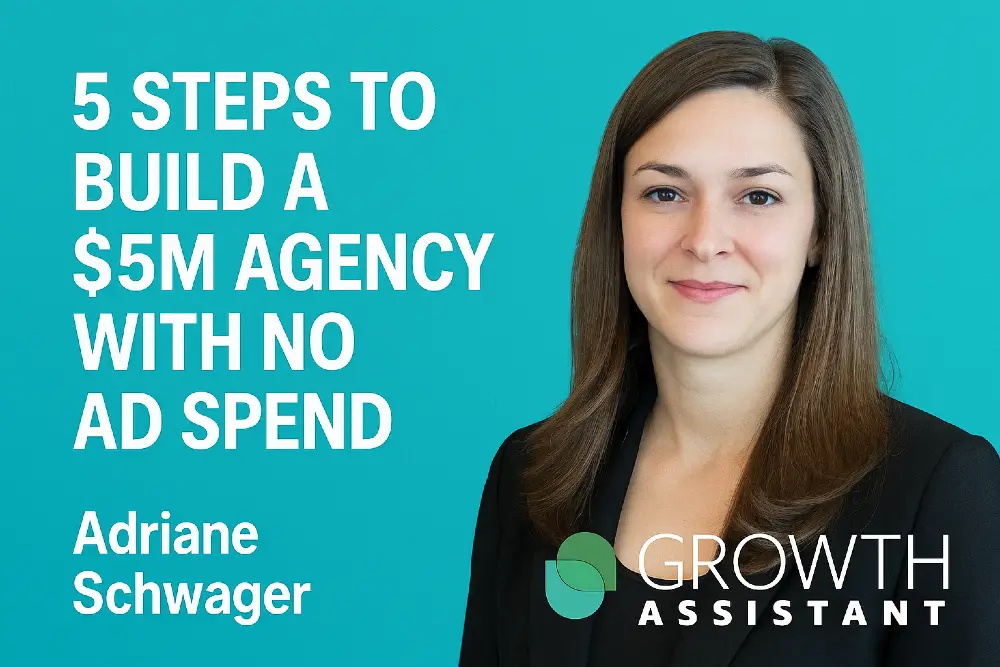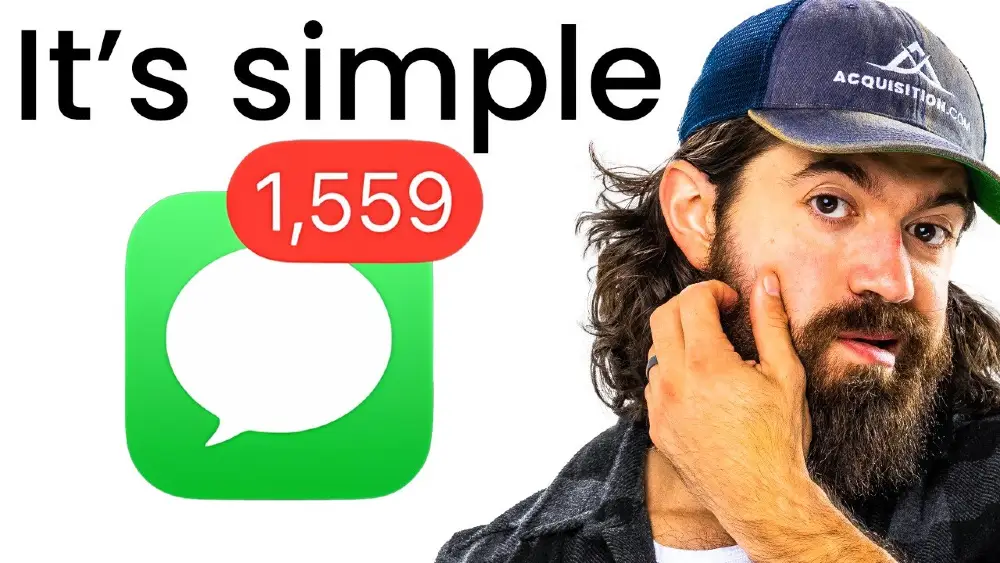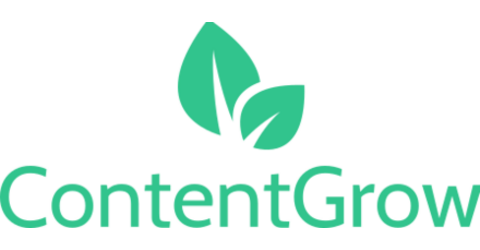5 steps to build a $5M agency with no ad spend
GrowthAssistant CEO shares a 5-step framework for building a $5M ARR agency without ads, focusing on global talent and lean execution.

GrowthAssistant CEO Adriane Schwager recently shared how she would rebuild her $20M ARR (Annual Recurring Revenue) business from zero without spending on advertising. Her five-step framework offers valuable insights for founders looking to scale efficiently with global talent.
GrowthAssistant is a talent placement firm that connects elite marketing professionals from the Philippines with leading US companies. The agency helps over 200 businesses like DoorDash, Canary, and quip delegate routine marketing tasks to skilled global talent, allowing in-house teams to focus on high-leverage work.
Sell before building anything
In her LinkedIn post, Schwager emphasizes the importance of validating market demand before investing in infrastructure or hiring—a principle often overlooked by first-time founders.
"I would not interview a single candidate before I start selling," Schwager states, outlining her first-month action plan:
- Purchase LinkedIn Sales Navigator to identify and reach out to marketing directors at Series B or later startups
- Focus on booking just one placement that's easy to source
- Place the role successfully and establish the first standard operating procedure (SOP)
This approach aligns with recent data showing that 75% of B2B purchase cycles involve 6-10 decision makers and take 4+ months to complete[1], highlighting the importance of starting the sales cycle as early as possible when bootstrapping a business.

Create an ecosystem marketing strategy
Once the initial clients are secured, Schwager recommends building a marketing ecosystem:
- Leverage your network to acquire the first five clients
- Use AI tools like GPT-4.5 to generate content ideas and create a fine-tuned model for content creation
- Build engagement with your ideal customer profile (ICP) and create a funnel around your audience
This strategy reflects the growing importance of AI in content marketing, with 61.4% of marketers already using AI in some form and 98% planning further adoption, according to recent industry surveys[2].
Develop comprehensive guides for lead generation
Content serves as the foundation of Schwager's marketing strategy. With 20+ years of recruiting experience, she recommends:
- Creating an "ultimate recruiting guide" specifically for marketers
- Placing it behind an email capture form to generate leads
- Building a newsletter that highlights available talent
This approach capitalizes on the fact that 90% of marketers use blog posts in their content strategy, making it the most common content format. Additionally, companies that blog receive 67% more leads monthly than those that don't[3]. This content-first approach aligns with proven email marketing strategies that focus on value delivery before asking for a sale.
Leverage global talent as force multipliers
With initial traction established, Schwager emphasizes the importance of hiring your own Growth Assistant to:
- Handle inbound inquiries, connections, and follow-ups
- Manage calendaring and scheduling while running both sales and recruitment
- Create and execute the content calendar, drafting posts, and managing engagement
Create an expansion playbook after reaching $1M ARR
The final step in Schwager's framework addresses scaling beyond initial success:
- Hire a US-based Account Manager once you reach $1M ARR
- Prioritize in-person meetings with ALL clients to build personal relationships
- Develop account research and expansion playbooks
Schwager identifies net dollar retention—whether existing clients increase their spend over time—as "the No. 1 sign of PMF [product-market fit] for a B2B business."

Focus on three core elements for success
In her closing thoughts, Schwager identifies three core requirements for building a $5M ARR business:
- A solvable problem
- A market large enough to be worth addressing
- Access to global talent to multiply leverage
She observes that "most founders move slow and bloated. They overbuild, overhire, and overthink." This lean approach to scaling aligns with data from the Influencer Marketing Hub showing that 63% of marketing leaders now consider AI "very" or "critically important" for success[2], largely because it allows small teams to accomplish more with fewer resources. As highlighted in our look at the rise of agentic AI in modern marketing, automation technologies are becoming essential for companies looking to scale efficiently.
For growing startups struggling with marketing efficiency, Schwager notes that many teams waste "100+ hours a month on rote work" that could be delegated to skilled global talent. By adopting this framework, founders can focus on high-leverage activities and scale more efficiently without relying on paid advertising.
Sources
- Gartner. (2023). CMO Spend Survey. https://www.gartner.com/en/marketing/research/annual-cmo-spend-survey-research
- Influencer Marketing Hub. (2023). AI Marketing Benchmark. https://influencermarketinghub.com/ai-marketing-benchmark/
- SEMrush. (2023). State of Content Marketing. https://www.semrush.com/blog/state-of-content-marketing/





